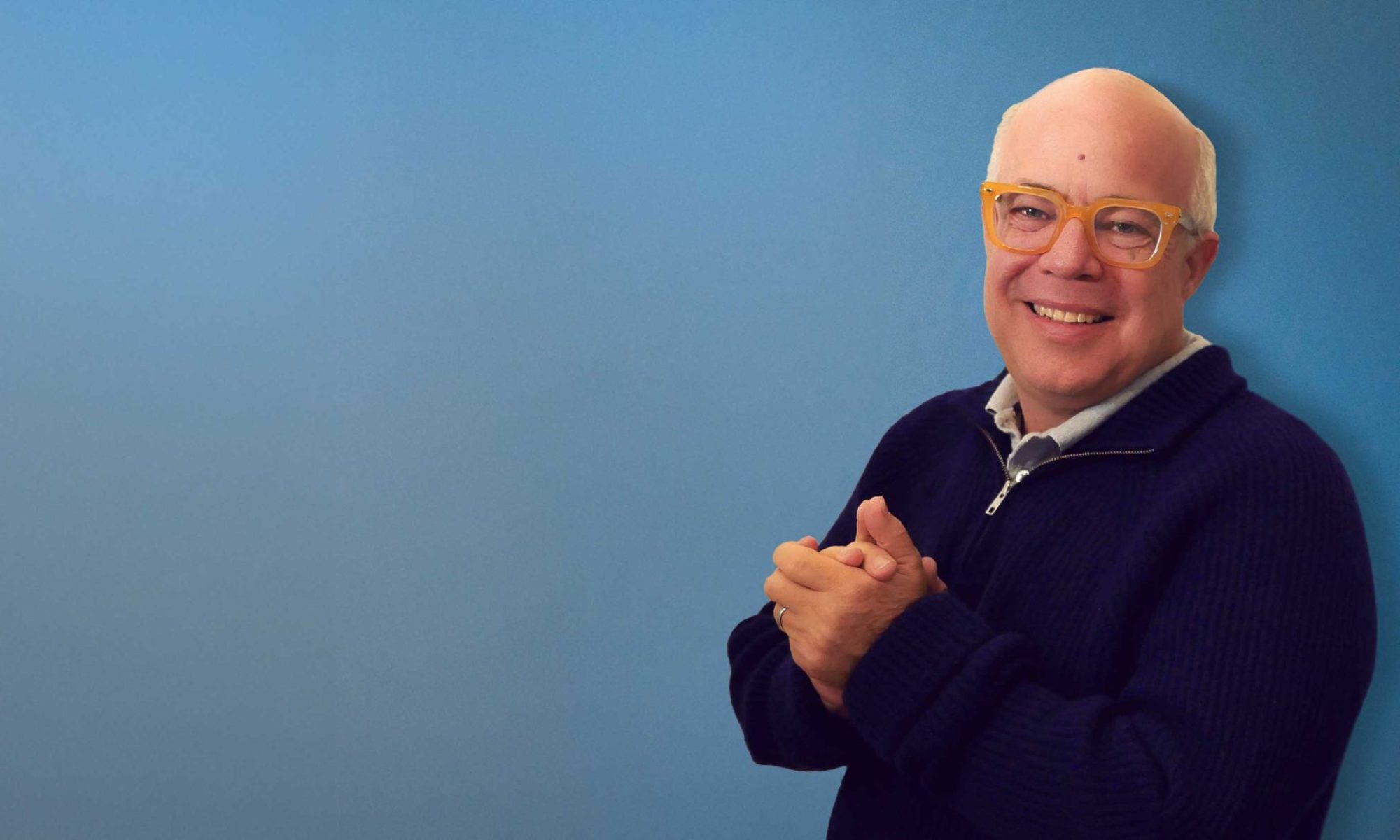Powerful infographic shows why emotional intelligence is essential for your career — and what you can do about it.
The post Emotional Intelligence for Your Career? appeared first on Six Seconds.

From Emotional Intelligence to Emotional Wisdom
Powerful infographic shows why emotional intelligence is essential for your career — and what you can do about it.
The post Emotional Intelligence for Your Career? appeared first on Six Seconds.
What’s the Status of EQ in the World Today? Revealing new research on trends, opportunities and assets in six world regions — the kickoff session from the 2014 EQ Week Festival. Tracking the trends of emotional intelligence, we’ll share new research on EQ hotspots and “climate change” in this analysis of global data on EQ. To […]
The post Big Data on Emotional Intelligence: State of the Heart appeared first on Six Seconds.
What is the status of emotional intelligence in the world today? For the first time ever, a view of world-wide data on key strengths and weaknesses, opportunities and threats for EQ globally.
The post State of the Heart Report appeared first on Six Seconds.
Here’s a beautiful, inspiring, totally free gift: SPARK. Ask colleagues, friends, and family to take a super-quick survey (just 3 questions) about you… and get a beautiful and inspiring Spark profile.
The post What Sparks Your Strengths? appeared first on Six Seconds.
Let’s break it down: What is emotional intelligence and why does it matter? How does this make a difference in my life at work, school, home? Next week is our 3rd annual free online conference, EQ Week. To make the most of the program, here’s a quick intro to emotional intelligence (EQ) — and how […]
The post How Emotional Intelligence Works appeared first on Six Seconds.
Every manager wants employees to come in with that extra “zing” — that spark that creates breakthroughs, that’s magnetic to customers, that somehow lifts the whole enterprise. Is this a leadership responsibility? Something for which you can hire? How do we get more?
The post The Zing That Unlocks Everything appeared first on Six Seconds.
EQ Week features leading neuroscientists, psychologists and educators sharing latest findings, practical applications of emotional intelligence research
The post Positive New Perspectives on Education, Parenting Abound at Virtual Festival of Emotional Intelligence appeared first on Six Seconds.
What happens when new managers receive emotional intelligence training? The six-month program is delivering significant improvements in EQ skills — tied to dramatic increases in influence, quality of life, and decision making.
The post Case Study: Emotional Intelligence for People-First Leadership at FedEx Express appeared first on Six Seconds.
Traditional “New Year’s Resolutions” create unrealistic expectations and then giving up. Here’s a different approach, plus two fab free tools to make it work.
The post What About New Year’s Resolutions? appeared first on Six Seconds.
How can we use emotional intelligence to reconnect with the joy and peace of the holidays? Here are three practical, powerful steps to move from reacting to responding.
The post Three Tips for Holiday Peace appeared first on Six Seconds.